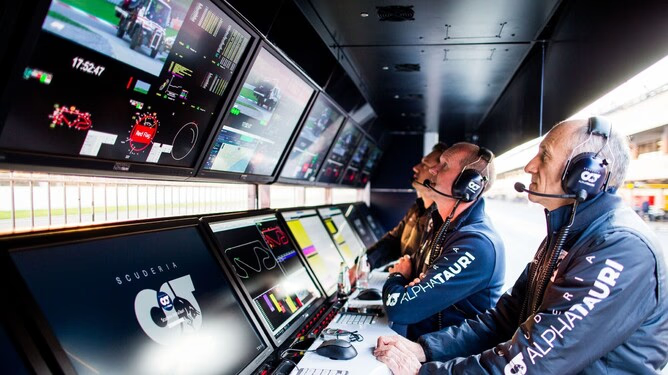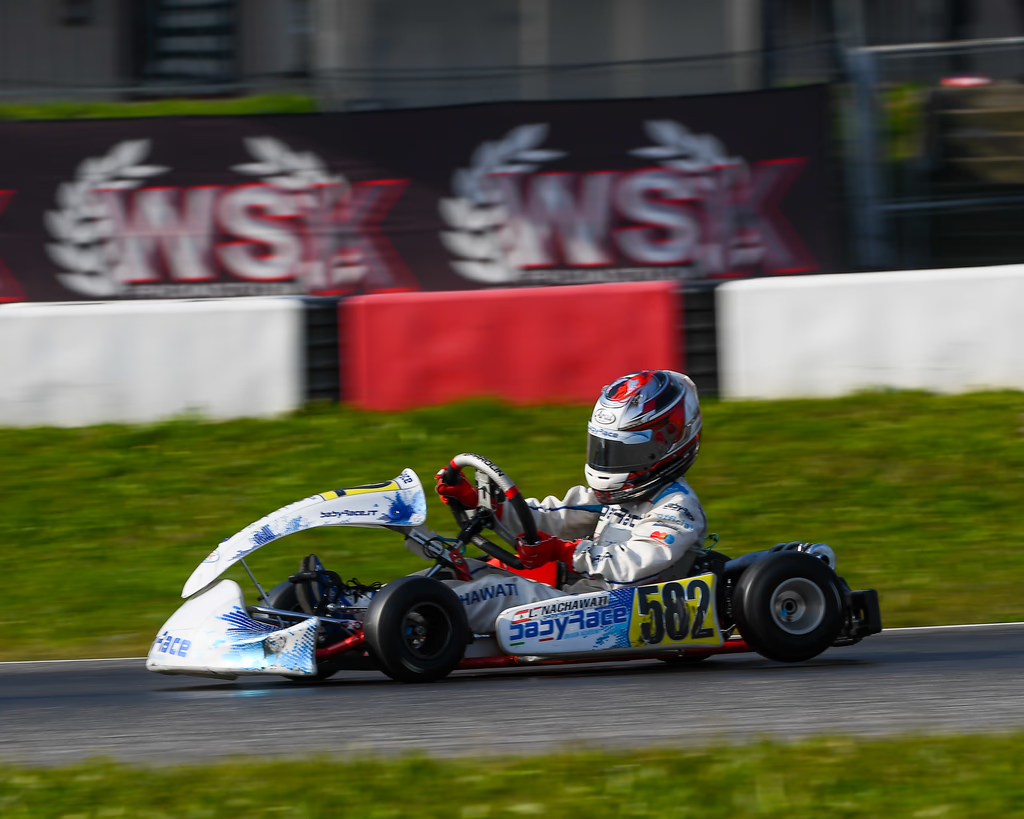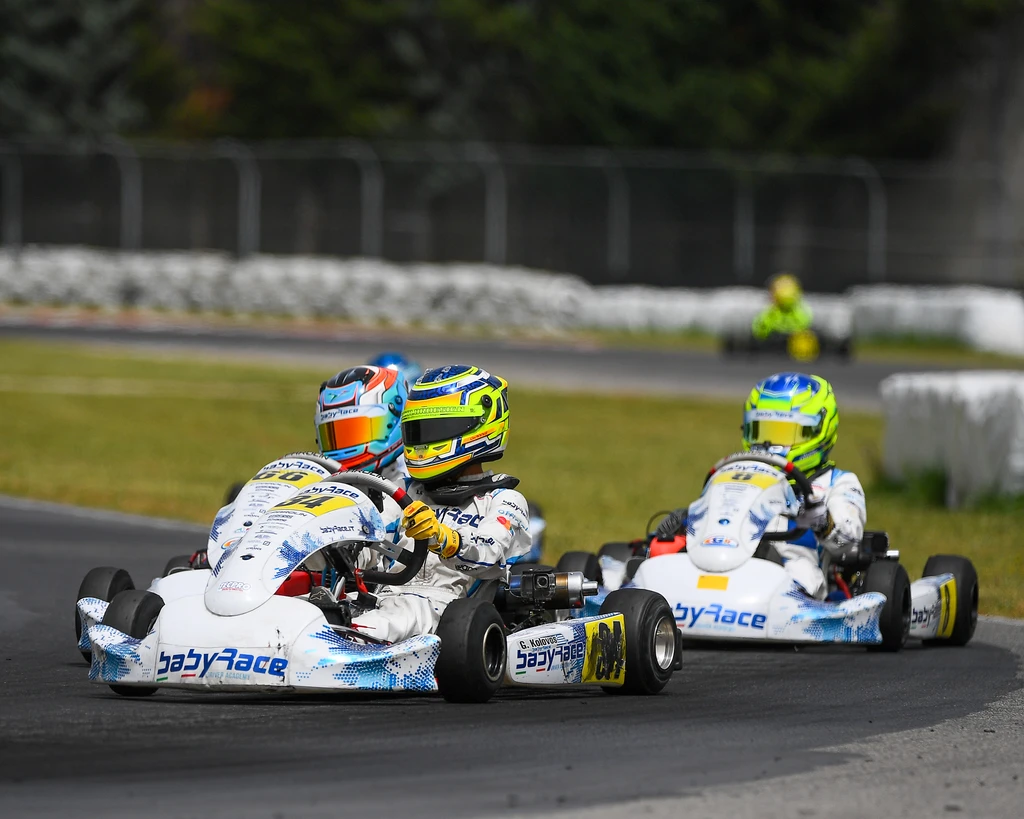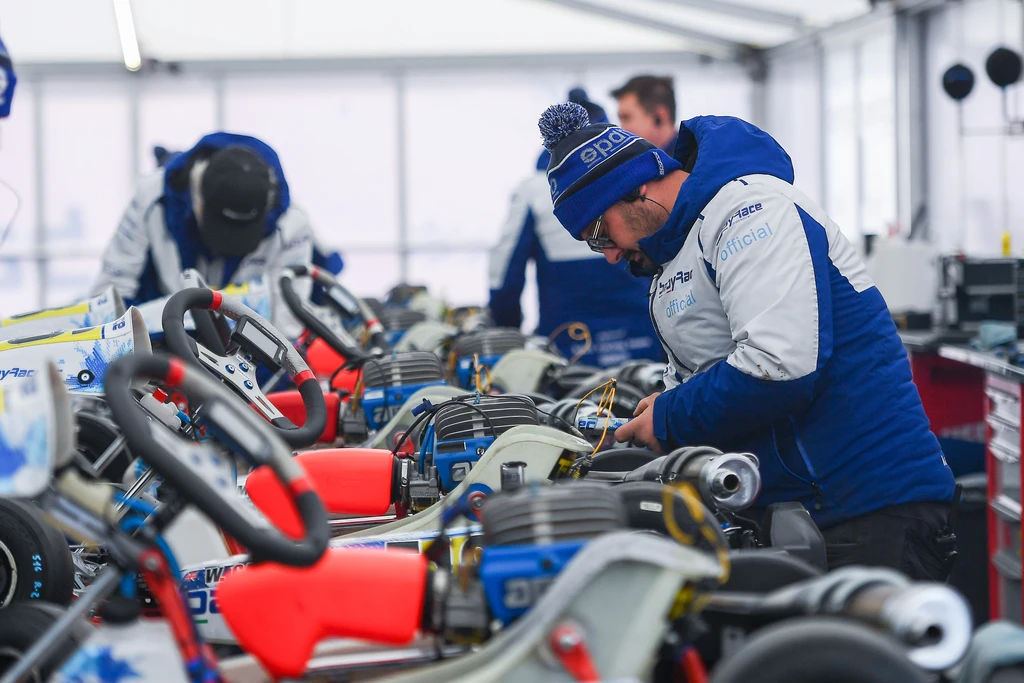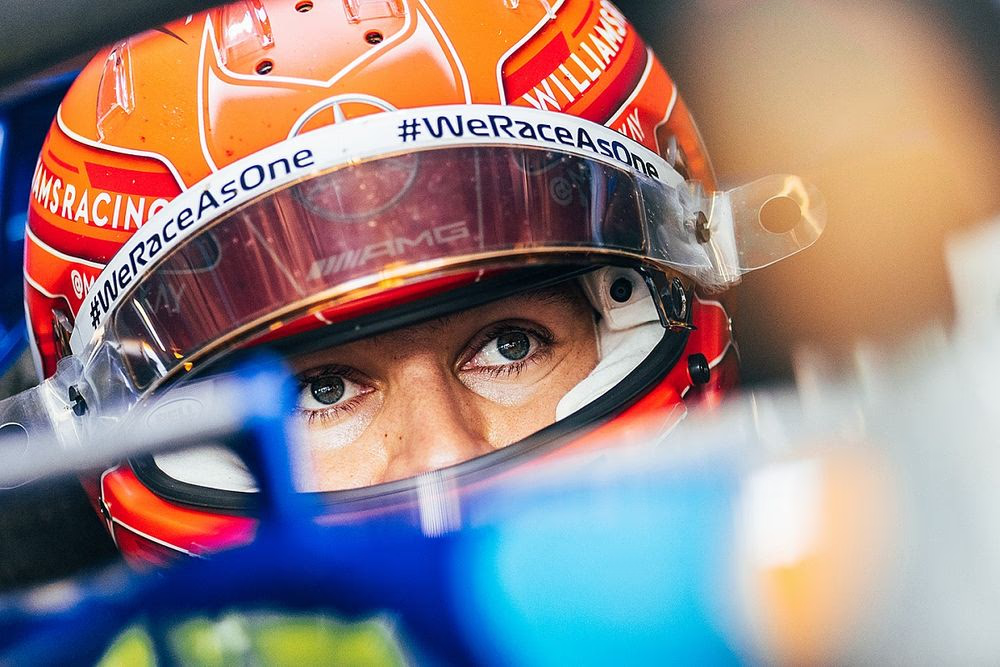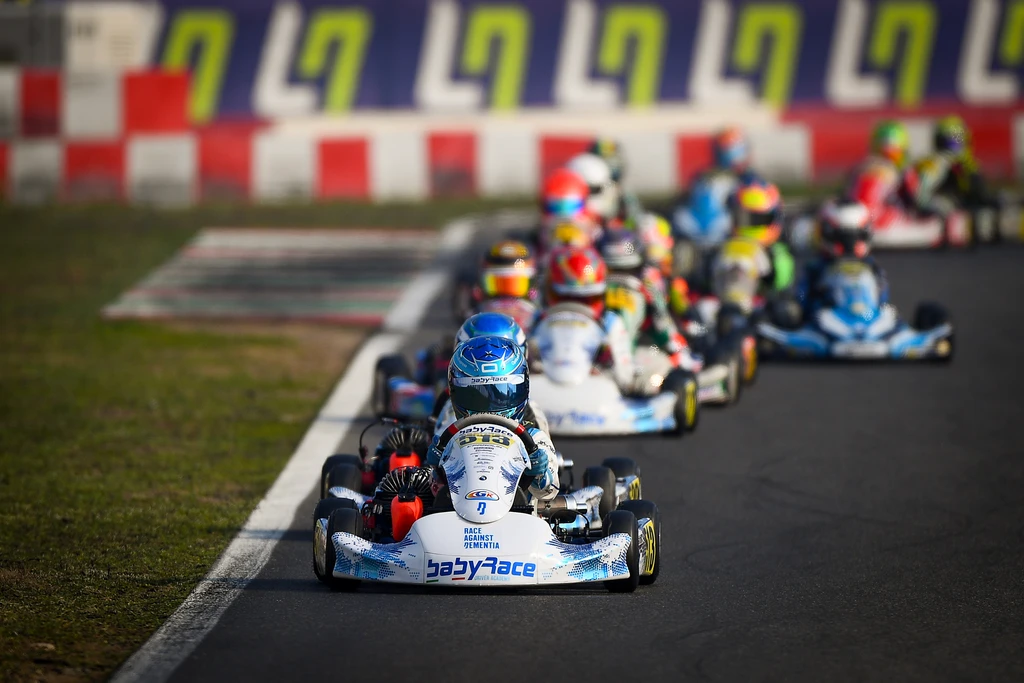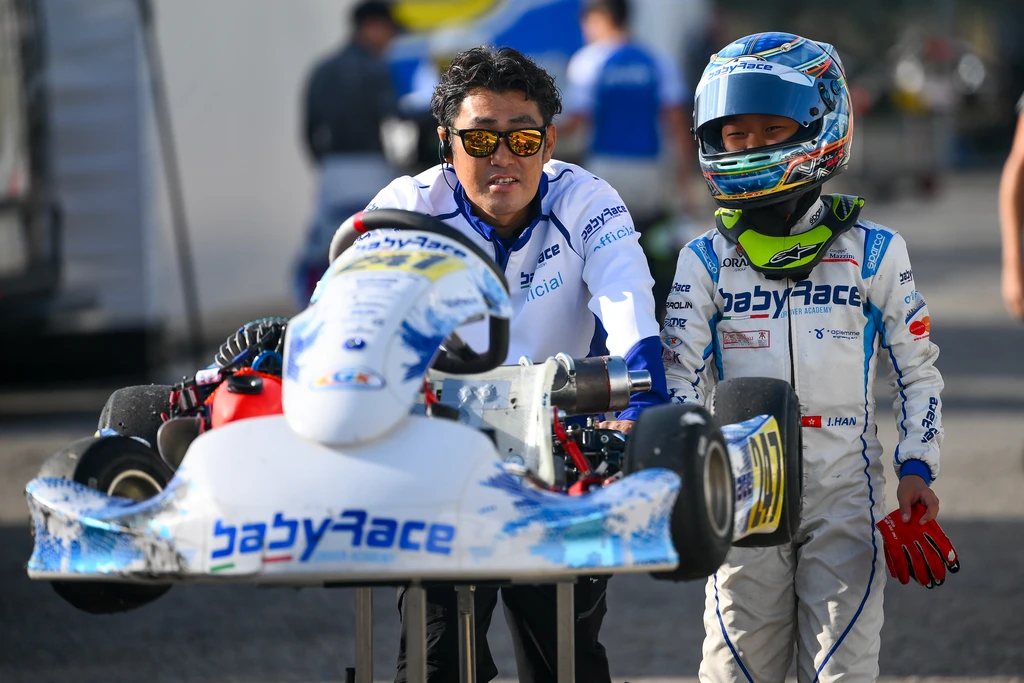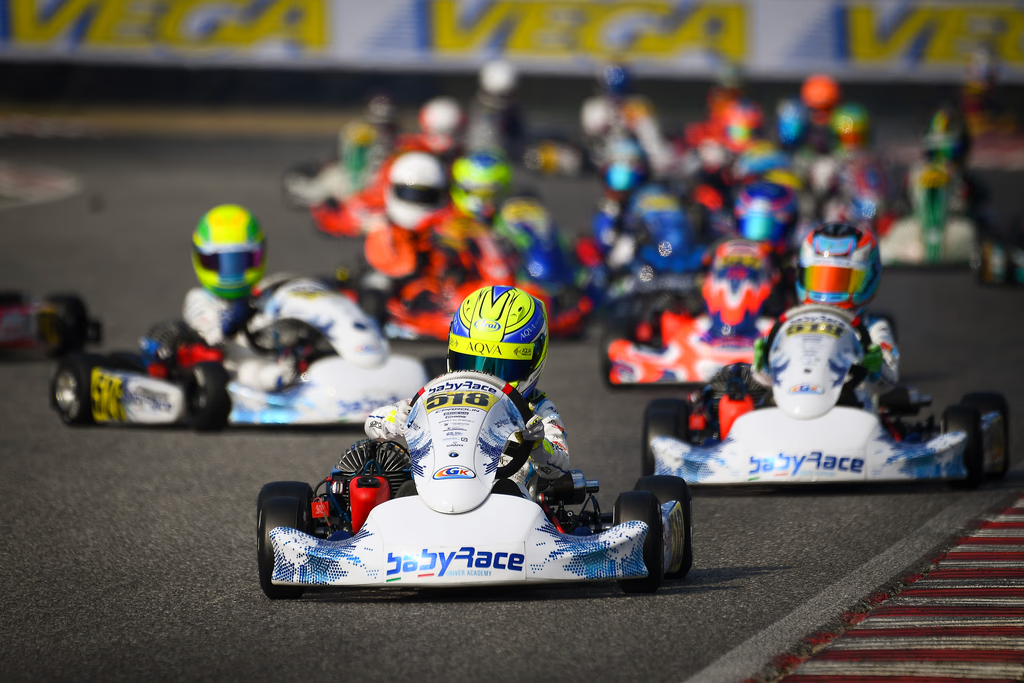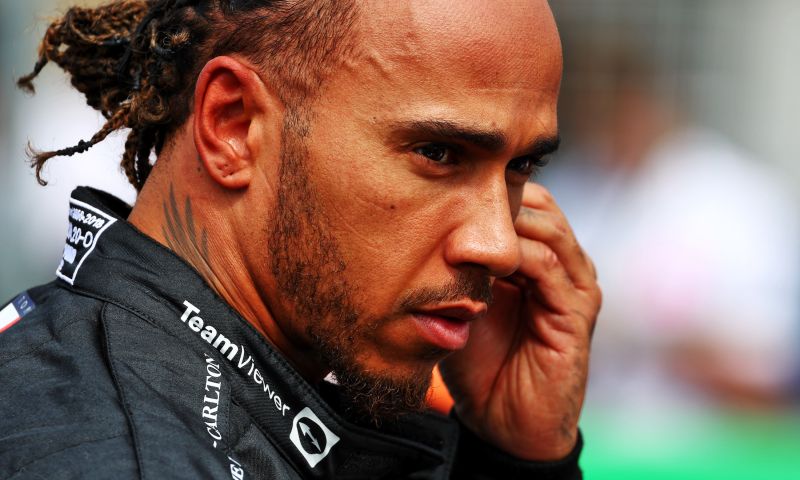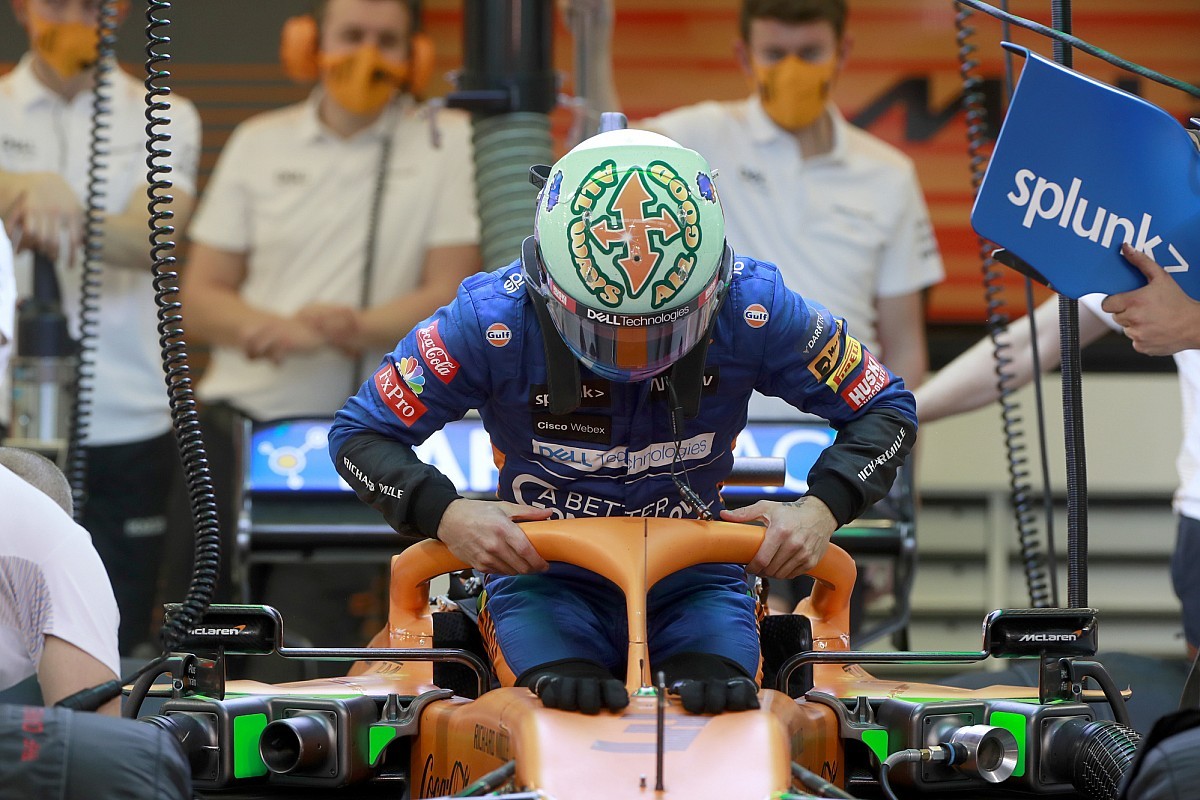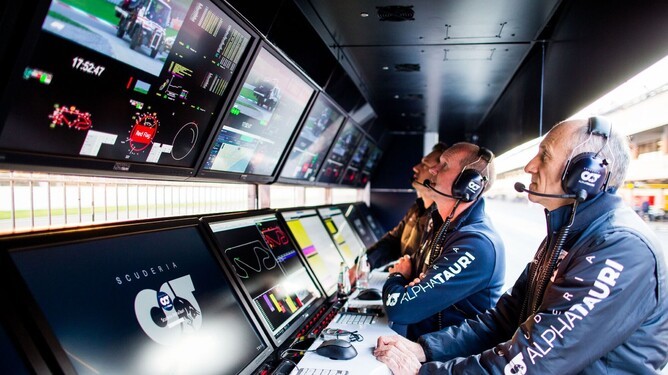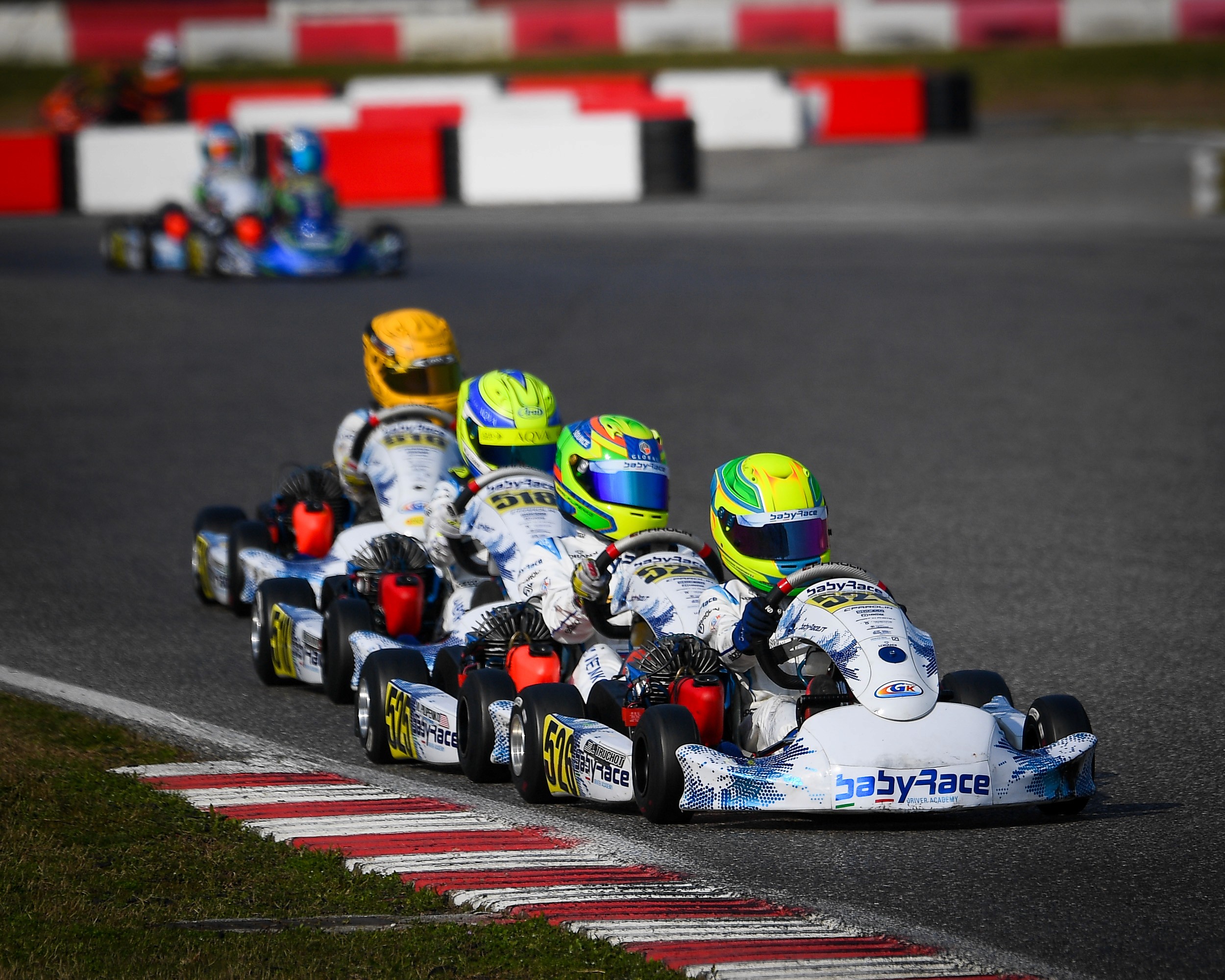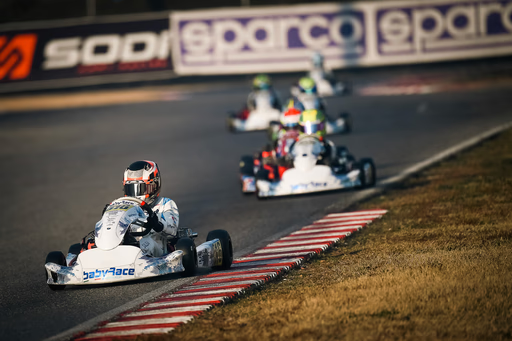Alright, let’s talk about simulators…Because I’m pretty sure a lot of you are wondering if they’re actually useful for karting.
Look, I get it. Sim rigs look super cool.
They’re fun to post on Instagram, and some of them even feel decent to drive.
But, and this is abig BUT.
Let me be straight with you — they’re not a replacement for real track time. Not. Even. Close.
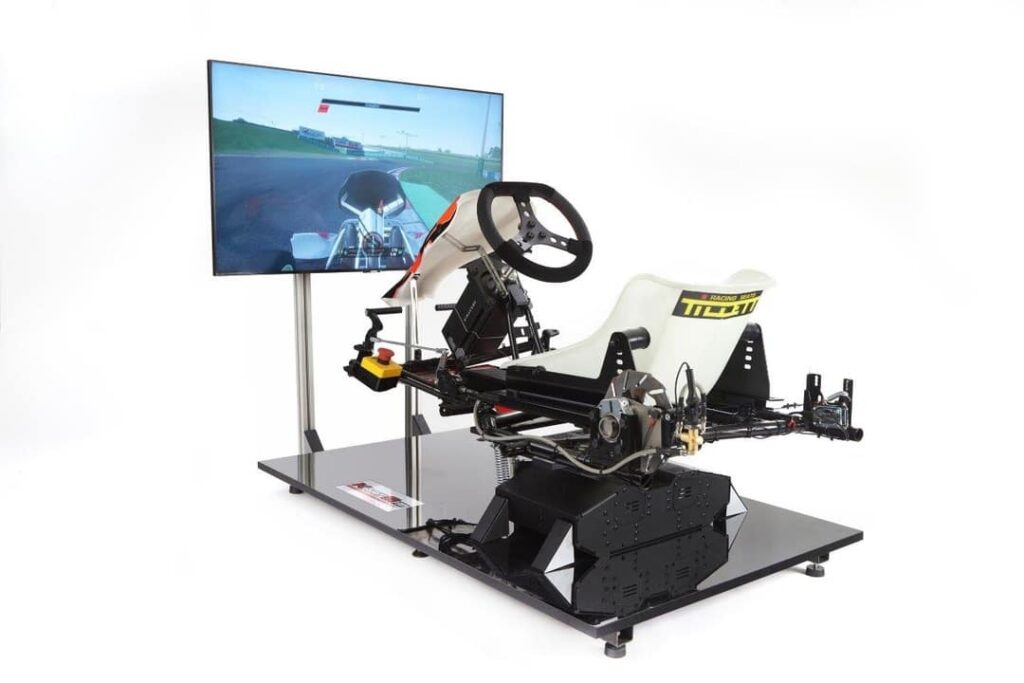
What Simulators Are Good For
In my opinion, the biggest benefit of a sim is learning a new track.
That’s it, pretty much.
You can memorize the layout, learn where the corners go, and get familiar with the rhythm before you ever hit the track in real life. That’s definitely useful, even though they may not be quite as perfectly reproduced.
In fact the kerbs won’t be the same, the bumps won’t be the same, the apex kerbs won’t be the same.
Though a nice thing is that if you’ve got a coach next to you, even on Zoom, they can help you work on lines, braking points, throttle inputs.
That kind of feedback can be valuable if you’re just getting started on a new track or trying to improve a few things here and there.
But Here’s the Reality…
Karting simulators aren’t even close to the real thing, unlike Formula or GT (where sims are used because real testing costs a fortune).
Karting is waaay more affected from body weight transfers and the grip level difference across the track, and most sims just can’t replicate that.
- There’s no body movement.
- No accurate grip variation.
- No proper weight transfer.
- No feeling over the bumps.
- The way you use your posture in a kart — to rotate the chassis or stabilize the rear — is completely missing.
You can’t learn that kind of feel on a simulator.
And They’re Not Cheap Either
A proper sim setup can cost you anywhere from €7,000 to €10,000+. For that price? Honestly, I’d rather buy a peoper brand new kart and get real track time.
Because nothing beats driving the actual thing.
Especially since karting is so much more affordable than formula cars, so it makes sense when you’re there to drive a lot on the simulator.
I don’t really see the need in karting though.
Plus, if you’re not careful, you can develop bad habits, and that’s really dangerous, because once bad habits are formed, it’s then difficult to break them.
Here are some of those bad habits:
- Braking unrealistically
- Using lines that wouldn’t work in real life
- Oversteering or understeering in a way the sim won’t punish
- Coming off the brakes early and coasting
- Not using the whole track on entry or exit
- Wrong seating positions (be it hands, legs, or body posture, too leaned forward for example)
- Doing brake and gas (double pedal)
And once those habits are locked in? They’re hard to fix.
My Honest Advice
If you already have a sim at home — now what?
If uou really want to use it, the use it smartly:
- Learn new tracks
- Work on consistency
But remember that as you start developing bad habits, you should quit right away.
Also, don’t fool yourself into thinking that hours on the sim replace real karting.
They don’t. Not even close.
If you’ve got to choose between driving a kart one more day a week or spending time on the sim — go to the track.
At the end of the day, nothing replaces real grip, real noise, and real pressure.
That’s where real progress happens.
Let me know what you think — if you’ve had good experiences with sim training or have questions about what to focus on, DM me on Instagram or shoot me a message.
Always happy to chat.
Just Senndit
– Alessio Lorandi

